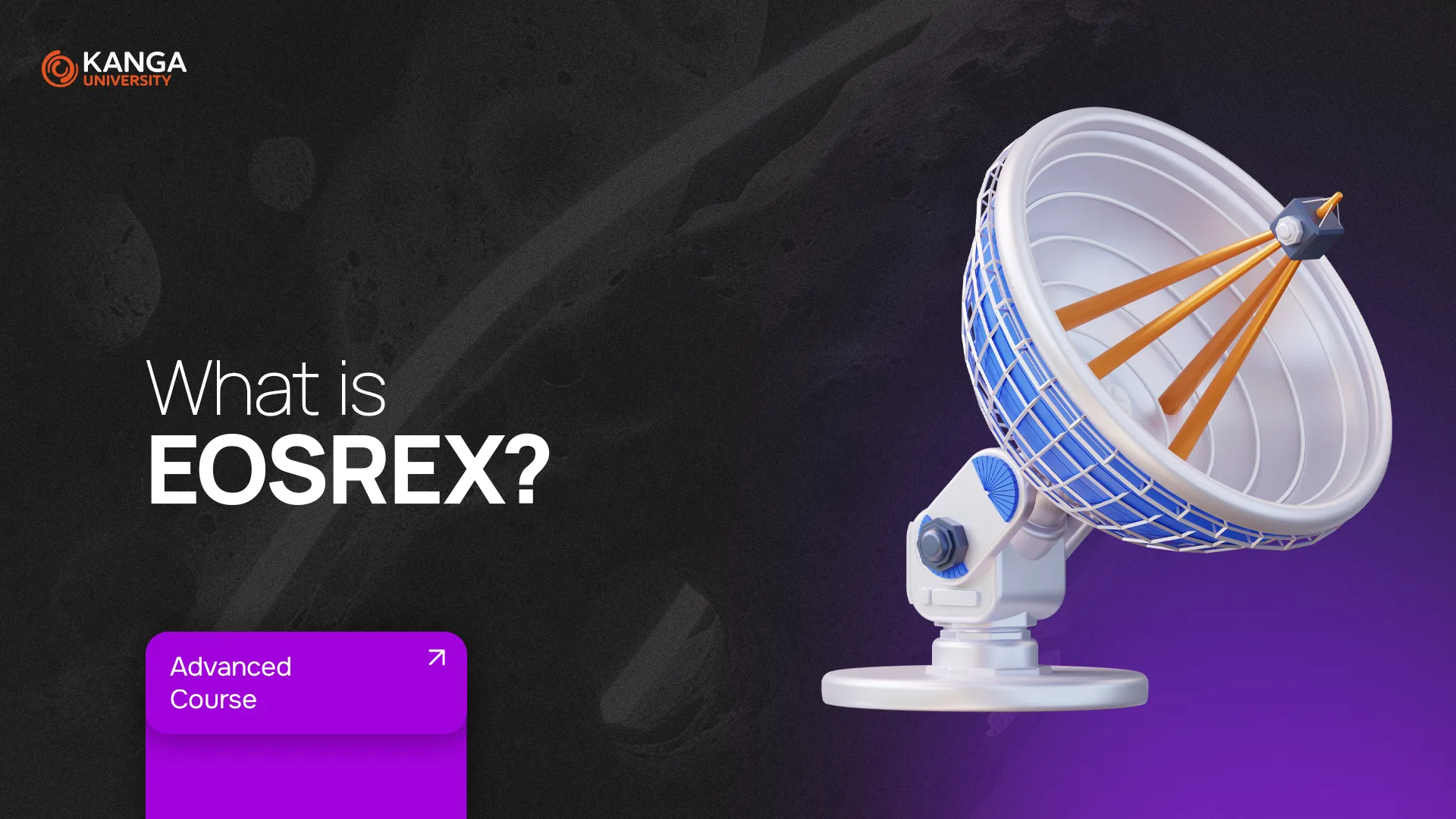
Imagine earning money just by letting others use your unused internet or computer power. Sounds futuristic? That’s exactly what EOSREX allows you to do in the blockchain world.
EOSREX — short for EOS Resource Exchange — is a decentralized marketplace built within the EOS blockchain. It lets users lend their unused computing resources (like CPU, RAM, and bandwidth) to others and earn rewards in return. Developed by Block.one, the company behind EOS, EOSREX has become a foundational part of the DeFi ecosystem on EOS, offering something unique compared to platforms like Ethereum.
Why Was EOSREX Created?
Before EOSREX launched in 2018, the EOS network was struggling with congestion. Too many users, too few resources — which made running apps and sending transactions difficult.
Dan Larimer, one of blockchain’s early pioneers, proposed a solution: let users with spare resources lend them to others. That way, everyone can keep using the network smoothly, and resource owners get rewarded. It was a win-win — and EOSREX was born.
How Does EOSREX Work?
The core idea is simple: you lend out your resources, someone else rents them, and you get paid.
Here’s what it looks like step by step:
-
You own EOS tokens and access to network resources (CPU, RAM, bandwidth).
-
You stake them into EOSREX — basically putting them up for rent.
-
Other users who need these resources pay to borrow them.
-
You earn passive income from the rental fees.
-
At any time, you can pull your resources back and use them again.
Unlike Bitcoin or Ethereum, EOS doesn’t charge fees per transaction. Instead, it uses a resource model. To do anything on EOS, you need a bit of CPU, bandwidth, and RAM. If you don’t have enough — you rent it through EOSREX.
What is the REX Token?
REX is the internal token of EOSREX. When you lend your EOS, you receive REX tokens in exchange. These represent your share in the platform and give you rights to the system’s profits.
A few key things to know about REX:
-
You can only sell REX tokens after four days. This reduces the risk of market manipulation.
-
You earn dividends in EOS based on your REX holdings.
-
The value of REX can go up if more people need resources — meaning you might also make money by trading it later.
Real Benefits of EOSREX
Whether you’re a developer building decentralized apps or just someone holding EOS, EOSREX offers a smart way to earn from assets you already have.
Key advantages:
-
Passive income: Get paid for lending out what you’re not using.
-
Lower entry barrier: You don’t need massive infrastructure to build or interact with EOS dApps.
-
No middlemen: Everything happens through smart contracts.
-
High flexibility: You can withdraw your resources anytime.
-
Extra utility: Your idle tokens get put to work, boosting the whole network.
How Does It Compare to Ethereum or Bitcoin?
EOSREX is more like a market for digital fuel than a token exchange. While Ethereum uses gas fees and Bitcoin has fixed transaction fees, EOS lets users rent the exact amount of power they need — making it more scalable and efficient, especially for dApps.
And yes, like Ethereum, EOSREX also relies on smart contracts — automated programs that run on the blockchain.
Final Thoughts
EOSREX isn’t just another DeFi platform. It offers a whole new way to use blockchain resources — turning computing power into an income stream.
If you’re just getting started with crypto and want to explore how blockchain can work behind the scenes, EOSREX is a great example of real-world utility. It’s not about speculation. It’s about infrastructure. And it’s one of the few DeFi platforms that proves value doesn’t always come from trading tokens — sometimes, it comes from sharing what you already have.
Acquire your first cryptocurrency on Kanga Exchange